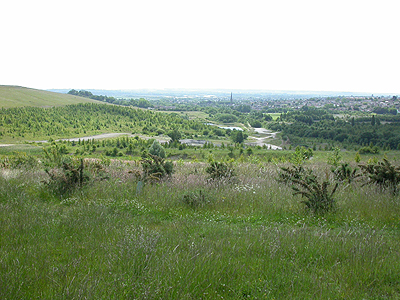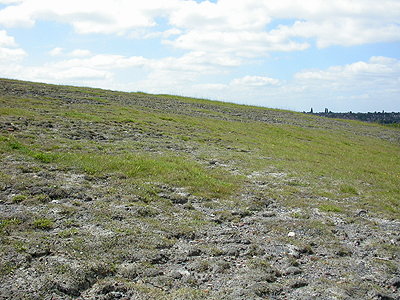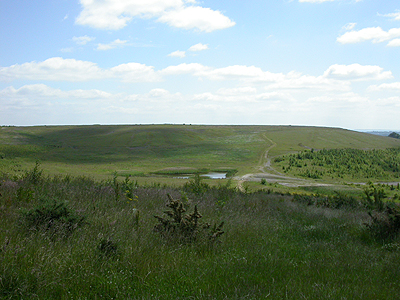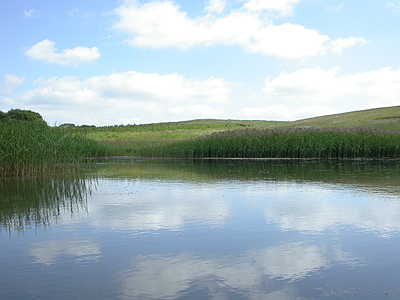| Situation This pit top dominates the local
landscape and giving a commanding view over the Trent
Valley. Geographically it is situated within the triangle
created by the urban areas of Gedling, Mapperley and the
village of Lambley. Parking
and access
The most well
known parking and access point is opposite Crimea Farm on
Spring Lane, which runs from the junction of Plains Road
and Mapperley Plains (the B684) to the nearby village of
Lambley.
Description and
habitat
Gedling Pit Top is just about the best of the
former colliery sites in Nottinghamshire. It remains
relatively untouched and unspoilt by landscaping,
although parts of the old spoil heaps have been dressed
with top soil and seeded. However, the highest spoil heap
represents something quite unique and untypical, as it
has not been top-soiled and planted with thousands of
young trees (whips) as have many landscaped pit tops.
|
|
 |
| Due to the
general untouched nature of the site, Gedling Pit Top is
simply a joy for the ornithologist or entomologist to
work. For those wishing to undertake such a project, here
is the chance to thoroughly monitor how the diversity of
a large site changes after the imprint left by man. In
other words, this pit top is still a blank canvas. There
is a glorious opportunity here to watch species move in,
become distributed across the site, flourish while
conditions are suitable and become scarce as the flora
changes or more dominant species move in. |





